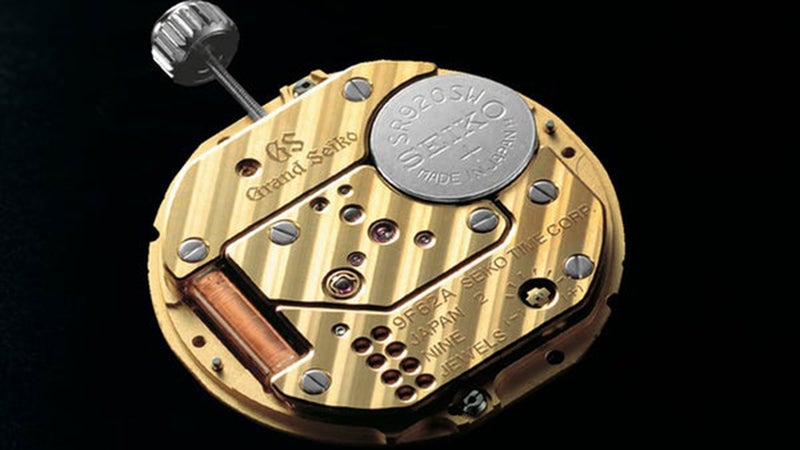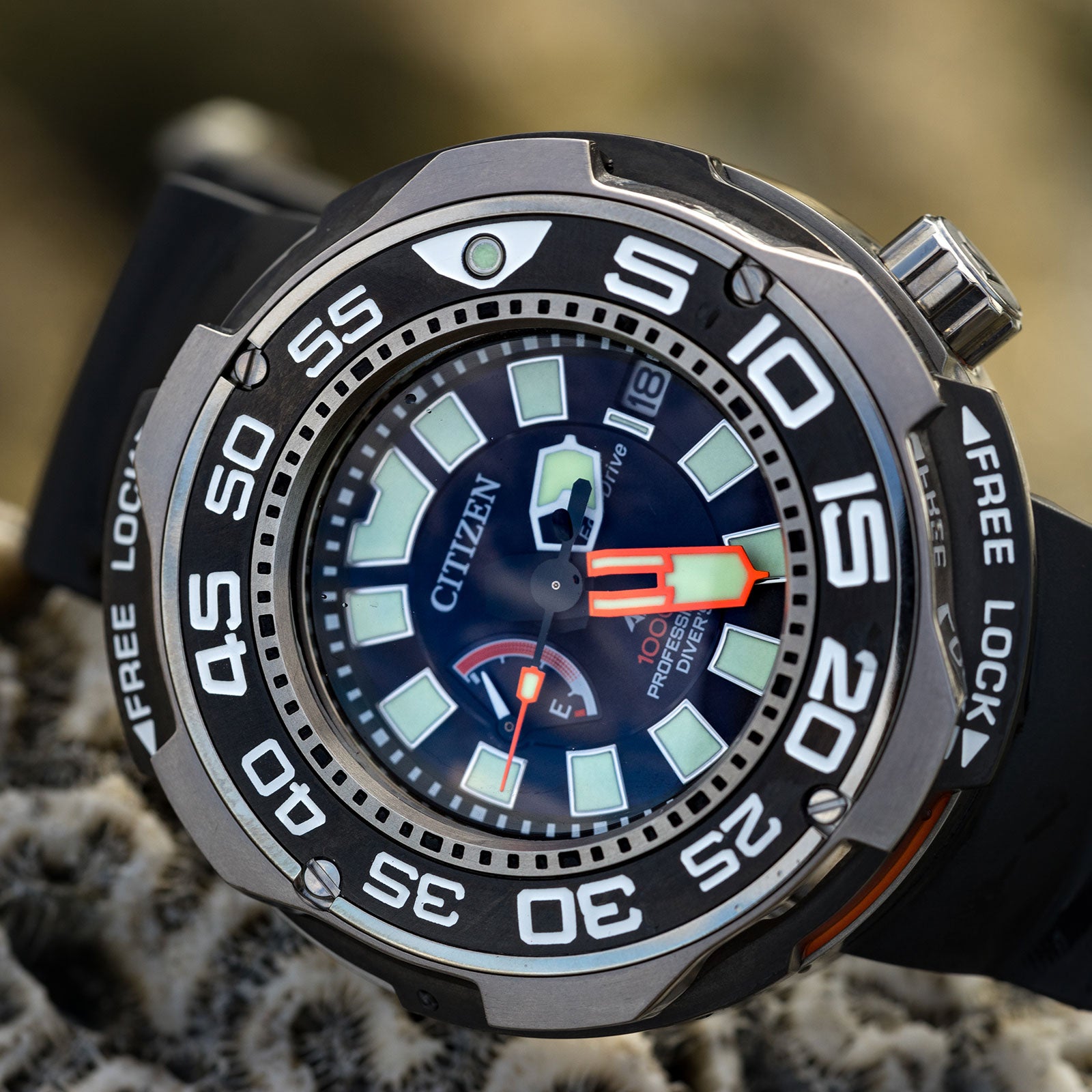For as long as watches have been made, precision timekeeping has been the ultimate goal. Watchmakers have invented all manner of methods for counteracting gravity, magnetism, shock, and temperature fluctuations that can affect a deviceÔÇÖs╠řability to keep perfect time. But in 1969, an innovation upended horology once and for all╠řwhen Seiko introduced its , the first of its kind to feature a battery-powered movement whose timekeeping was governed by a vibrating piezoelectric-quartz╠řcrystal, promising consistent accuracy in a robust package. The quartz revolution had begun.
It didnÔÇÖt take long for quartz watches to dominate the market. Their advantages were many: with fewer moving parts, quartz movements were not susceptible to shock;╠řa battery meant it didnÔÇÖt have to be wound up;╠řand the accuracy was beyond what a finicky, hand-regulated balance spring in a mechanical watch could match. After the first few years of their introduction, they became cheaper, too, thanks to mass production and lower╠řlabor costs. After SeikoÔÇÖs first salvo, Casio and Citizen quickly followed, while the Swiss brands resisted adopting the newfangled technology. Soon╠řthe flood of Japanese quartz watches nearly drove the Swiss watch industry to extinction. Between 1970 and 1988, employment in the Swiss watch industry╠řwas slashed by more than╠řtwo-thirds, and dozens of storied brands closed their doors. This black era is known in Switzerland as the ÔÇťquartz crisis.ÔÇŁ

Despite the promise of better timekeeping, watch enthusiasts have, ironically, long disdained quartz watches. A watch powered by a battery instead of a tightly wound spring, and driven by a circuit board and small motor, is considered ÔÇťsoullessÔÇŁ compared to the tiny gear train of a traditional mechanical watch. Watchmaking has long been considered an art, combining engineering with decorated mechanical movements.╠řEven the slow, smooth sweep of the second╠řhand is more elegant╠řas opposed to the jerky ÔÇťtick╠řtickÔÇŁ of a quartz watch.
So how does a quartz watch work? At its most basic, a piezoelectric-quartz╠řcrystal, which can be mined or synthesized, has electrically conductive properties. When current from a battery is applied to a sliver of this piezoelectric quartz, it vibrates at a rate of 32,768 hertz, which can be used to precisely regulate the timekeeping of the watch, whose hands are driven by a tiny stepper motor. Open up the back of a quartz watch and thereÔÇÖs not much to see, which is its advantage: fewer moving parts means less susceptibility to shock damage. The one AchillesÔÇÖ heel of a quartz movement is temperature, which affects accuracy, but some higher-end models, from brands like Breitling and Grand Seiko, are ÔÇťthermocompensatedÔÇŁ to account for this.
Then, of course, there is the battery, which must be changed every so often. Nowadays, watch batteries can last up to ten years, while some brandsÔÇöCasio, Citizen, SeikoÔÇöuse tiny solar panels under the dial to charge the battery, meaning thereÔÇÖs no need to ever crack open the caseback.
Quartz watches are also tougher than you might think. Sure, mechanical watches were standard kit for soldiers, climbers, divers, and explorers for much of the 20th╠řcentury. But once quartz watches matured, they found their way onto wrists in harmÔÇÖs way. In 1980, when Reinhold Messner first climbed Mount Everest solo without supplemental oxygen, he wore a Rolex Oysterquartz. By the early eighties, the British Ministry of Defence rewrote its specifications for dive, pilot, and general-purpose watches to be quartz powered. And in 1983, perhaps the most badass watch of all time was born: the Casio G-Shock, a quartz-powered digital watch designed to survive a ten-meter (33-foot) fall, ten╠řbar (100 meters) of water pressure,╠řand a battery life of ten╠řyears. The G-Shock has become the standard bearer for rugged watches, adopted by Special Forces and weekend warriors alike.
Despite the disdain for quartz watches by connoisseurs, by some estimates they account for nine out of every ten traditional wristwatches sold today. So, clearly, battery tickers canÔÇÖt be all bad. In fact, thereÔÇÖs even evidence that theyÔÇÖre enjoying a renaissance. Perhaps itÔÇÖs the rise of smart╠řwatches╠řwhich make quartz timepieces╠řseem almost quaint and vintage.
And despite the lack of romance, a quartz watch does have its place. It ticks on faithfully from your desk drawer, requiring no extra attention, a grab-and-go╠řweekend piece that watch nerds like to call a ÔÇťbeaterÔÇŁ for its no-nonsense ruggedness. So even if youÔÇÖre a Luddite who likes to wind your╠řown most of the time, take another look at quartz. Go on, I wonÔÇÖt tell anyone.


